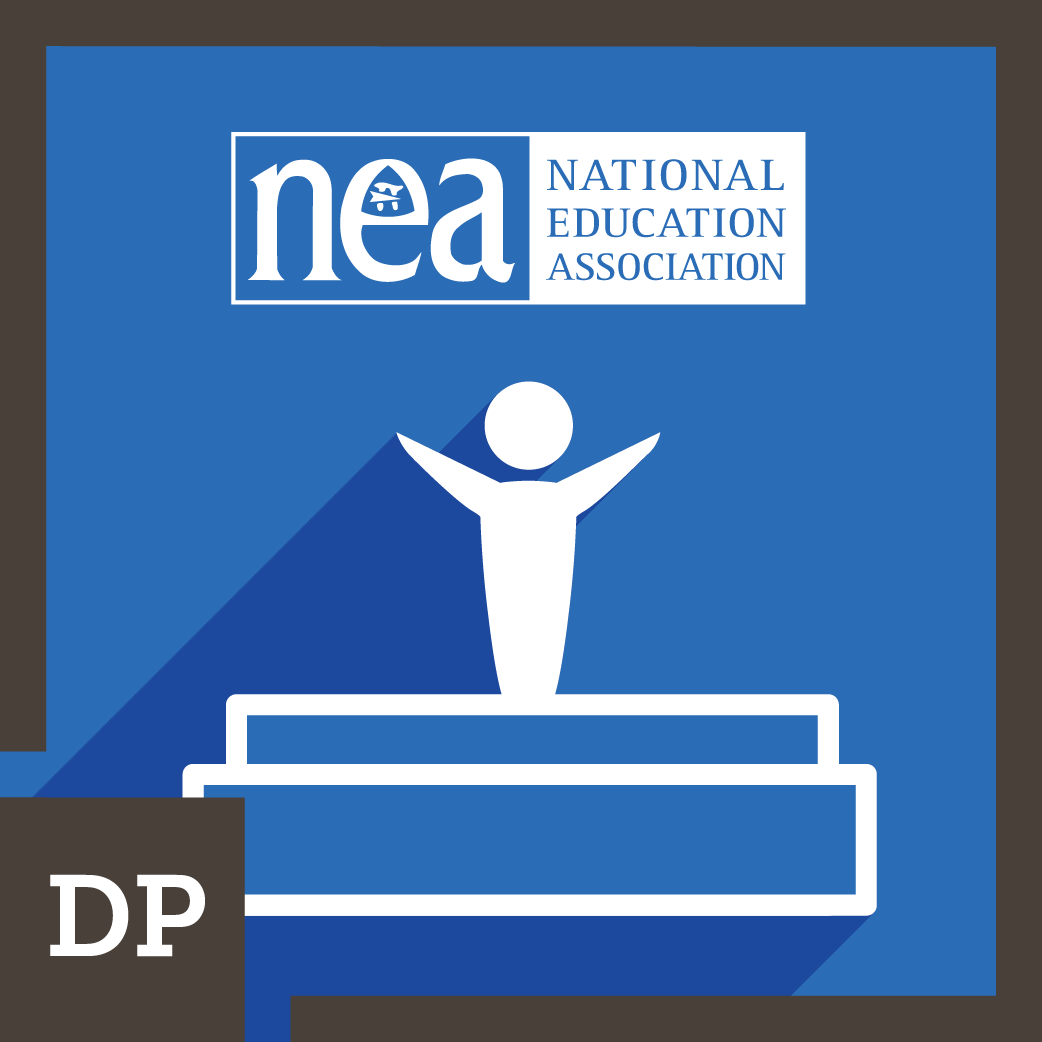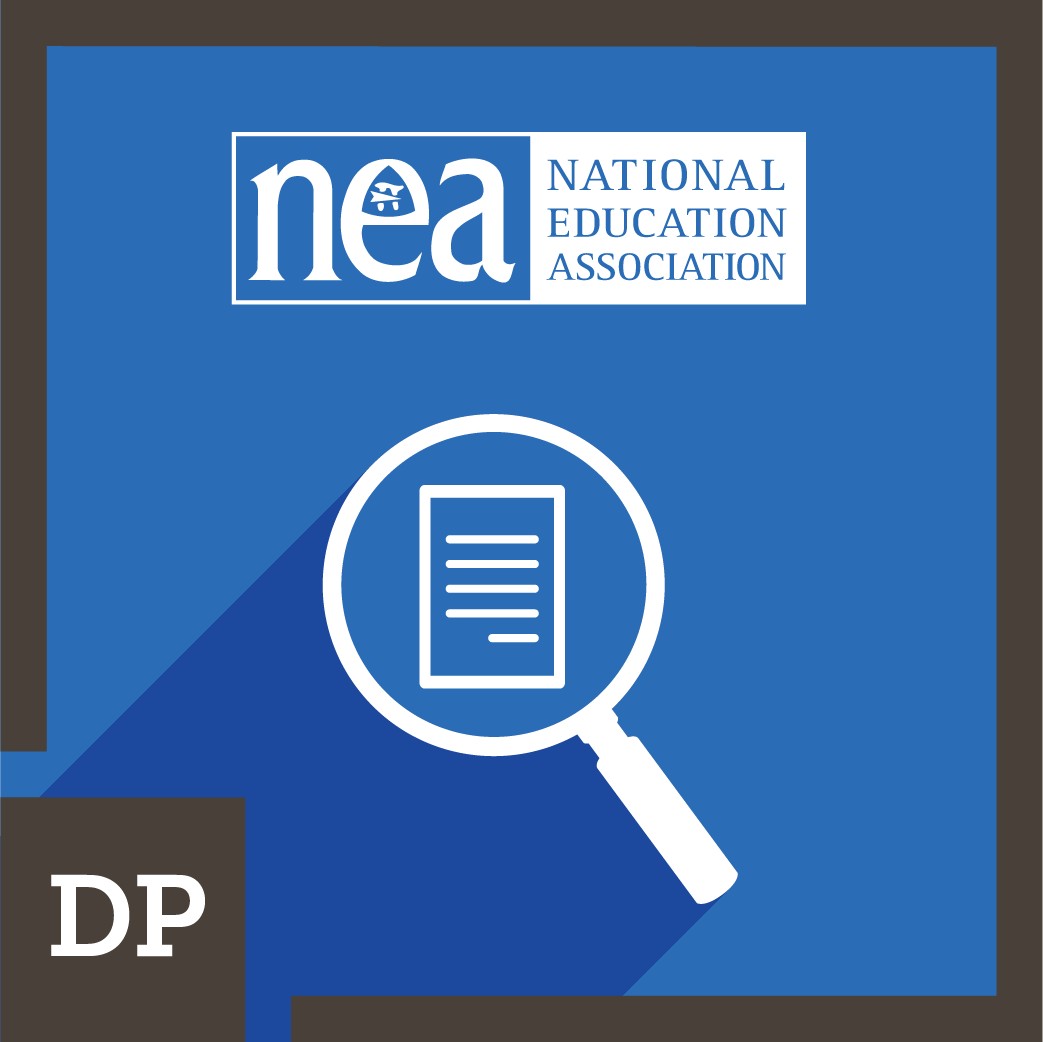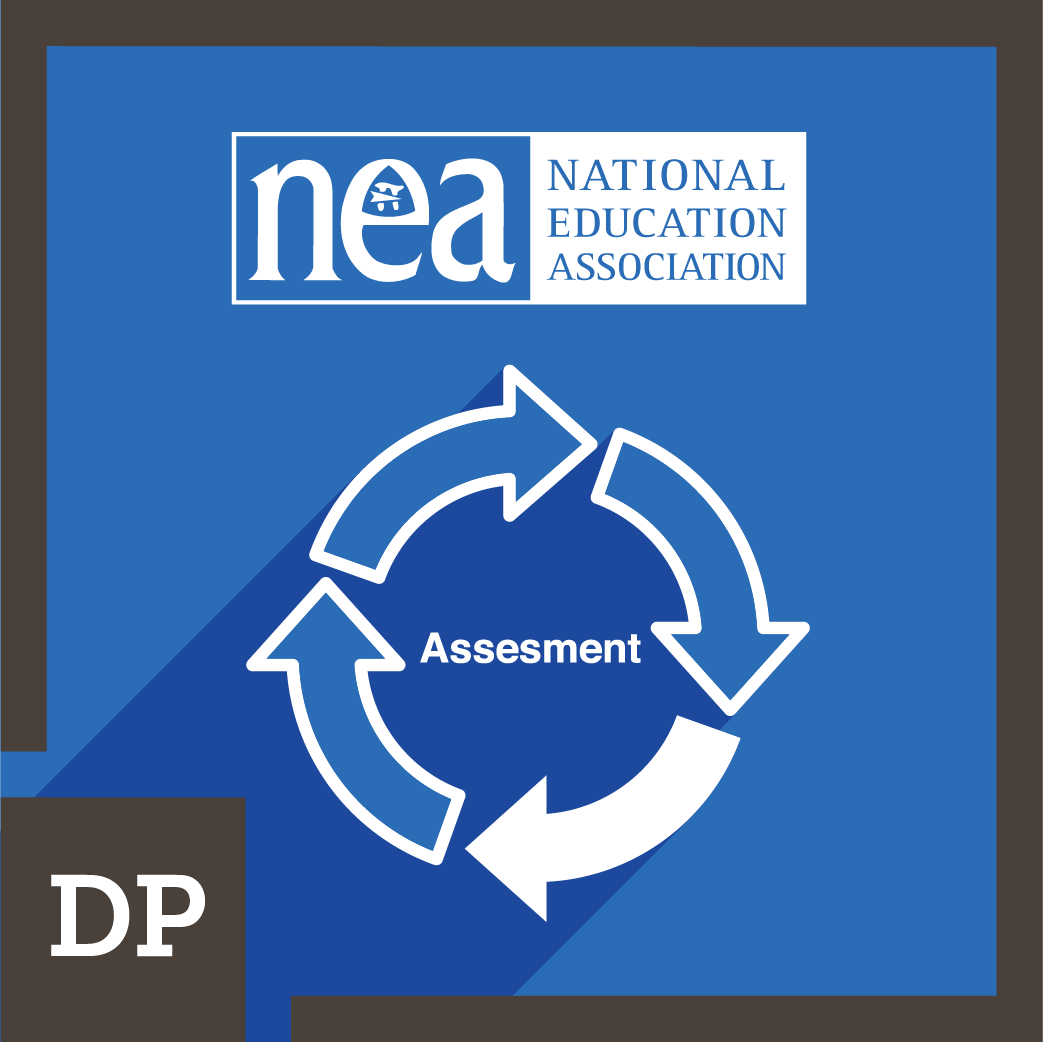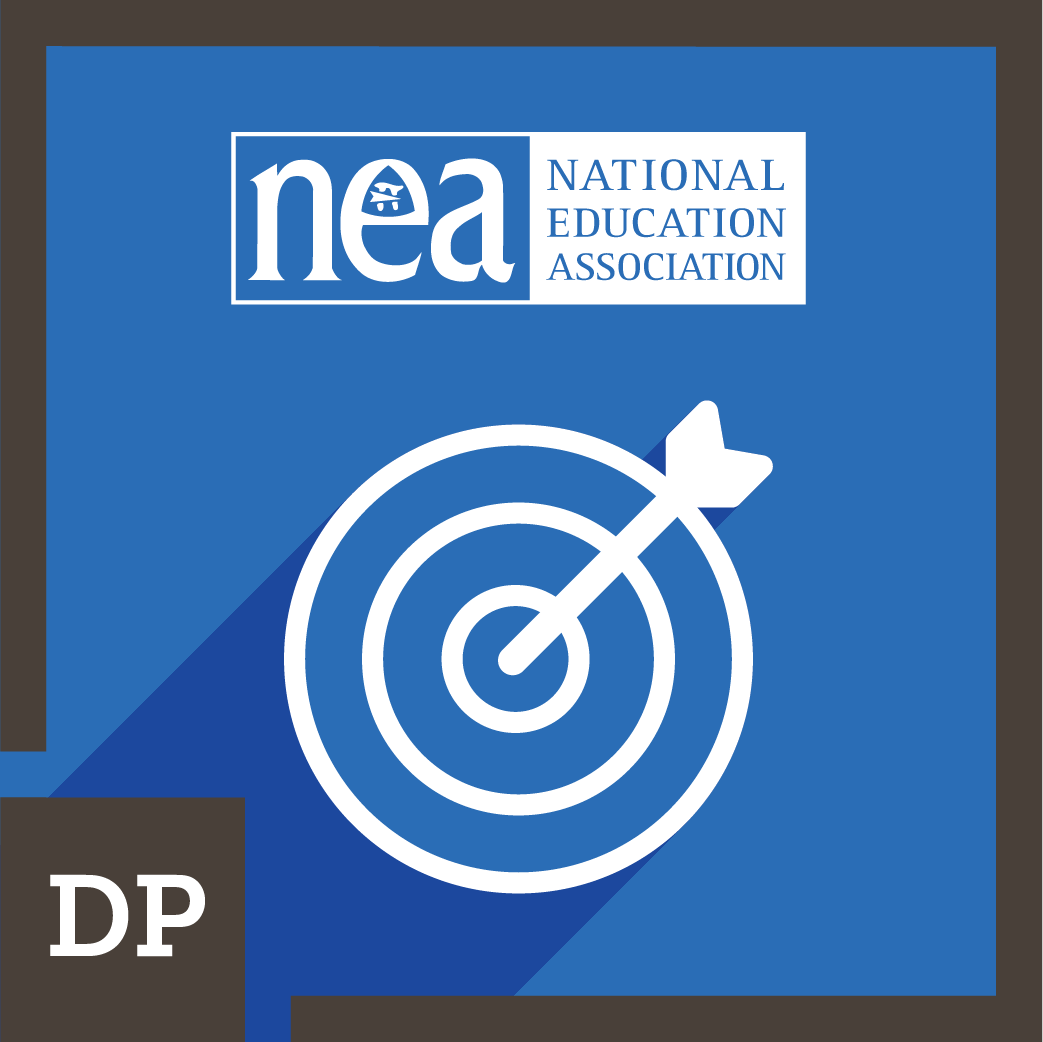
|
Classroom Embedded Performance Assessment
The educator creates or revises a quality performance assessment, implements it in the classroom, and reflects on the process to inform further instruction.
Types of Evidence Required: Document, Photo Journal, Video, Presentation
[View PDF]
|
Start
|

|
Descriptive Feedback for Student Learning
Educator demonstrates an understanding of the characteristics of effective feedback, as well as how learners will access and use descriptive feedback to improve their learning.
Types of Evidence Required: Spreadsheet, Document, Video
[View PDF]
|
Start
|

|
Eliciting Accurate Evidence of Student Learning
Educator designs sound assessments that generate accurate evidence of student learning. The educator's rubrics meet quality criteria that provide accurate feedback regarding student learning.
Types of Evidence Required: Document, PDF
[View PDF]
|
Start
|

|
Formative Assessment in the Teaching and Learning Cycle
Educator recognizes assessment as an integral part of the teaching and learning cycle and regularly uses it to plan or revise instruction and to help students set goals for learning.
Types of Evidence Required: Document, PDF, Video
[View PDF]
|
Start
|

|
Foundational Principles of Quality Assessment
Educator uses the foundational principles of quality assessment practices to design classroom assessments and assessment practices to provide all important stakeholders (educators, students, families, policymakers, etc.) with useful information about student learning.
Types of Evidence Required: Document, PDF
[View PDF]
|
Start
|

|
Learning Targets to Establish Success Criteria and Engage Students
Educator uses learning targets to create a shared vision for learning expectations, to establish success criteria, and to engage students in the intended learning.
Types of Evidence Required: Spreadsheet, Photo Journal, Video
[View PDF]
|
Start
|